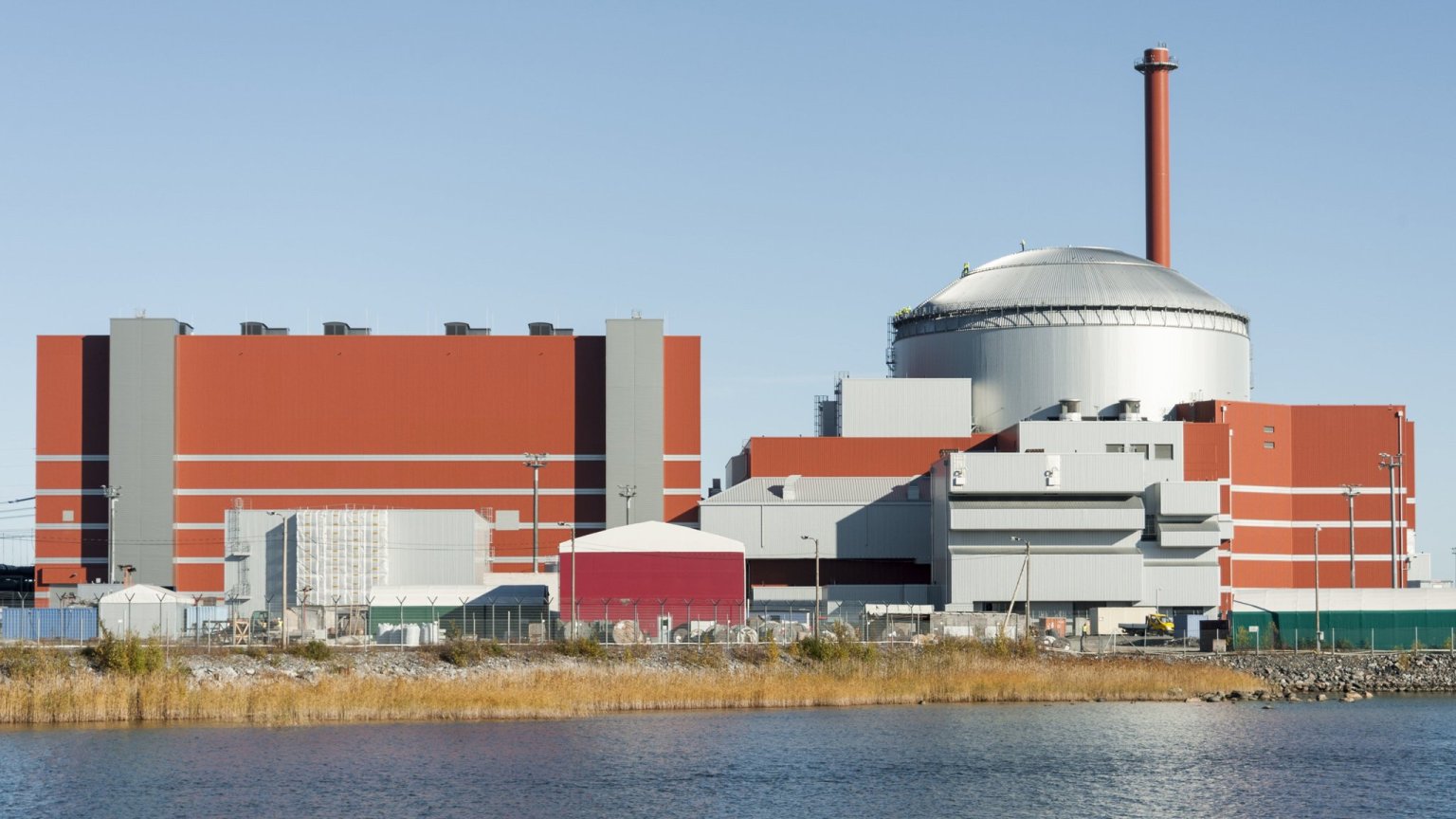
Finland’s Olkiluoto nuclear power station, owned and operated by Teollisuuden Voima Oyj (TVO), achieved a milestone in 2023, contributing significantly to the country’s electricity generation. With the commercial operation of its third reactor, Olkiluoto produced 24.67 terawatt-hours (TWh) of electricity, constituting an impressive 31% of Finland’s total electricity consumption.
Olkiluoto-3’s Impact on Production
The standout feature of Olkiluoto’s record-breaking performance was the contribution of its newest unit, Olkiluoto-3, a 1,600-megawatt EPR reactor that commenced commercial operation in May. Despite 2023 not representing a full production year, Olkiluoto-3, operational for the majority of the year, generated 10.37 TWh of electricity. This accounted for 42% of the total electricity production at the Olkiluoto facility, showcasing the significant impact of the new unit.
Since its regular electricity production initiation in April, Olkiluoto-3 experienced minimal downtime, totaling less than four days. Temporary shutdowns occurred, primarily due to two turbine trips in November. One incident resulted from a fault in the protection system’s measuring instrument, and the other from a turbine trip lock during a nearby fault test. Despite these brief interruptions, Olkiluoto-3 demonstrated impressive reliability throughout its operational period.
In addition to its 2023 contributions, Olkiluoto-3 had previously produced 1.9 TWh of electricity during test production in 2022. The combined output from the Olkiluoto facility reaffirms its vital role in Finland’s electricity generation landscape.
Performance of Older Units
While Olkiluoto-3’s operational success was a highlight, TVO noted that 2023 was also a solid year for the two older Olkiluoto units, Olkiluoto-1 and Olkiluoto-2. Both units, boasting 890-megawatt boiling water reactors, commenced commercial operation in 1979 and 1982, respectively.
Olkiluoto-1 achieved a notable production of 7.42 TWh, slightly surpassing its previous years’ performances. However, Olkiluoto-2 faced a challenge when a leak was detected in the cooling system of the water-cooled generator in August 2023. This necessitated a 17-day shutdown for the replacement of the rotor of the generator, resulting in a reduced production of 6.87 TWh.
Future Plans and Investments
TVO has shown a commitment to the modernization of Olkiluoto-1 and Olkiluoto-2, investing “tens of millions of euros” in modernization efforts in recent years. In 2023 alone, approximately €60 million ($65 million) was allocated to maintenance and modification activities.
Looking ahead, TVO is contemplating extending the operating licenses and increasing the capacity of Olkiluoto-1 and Olkiluoto-2. Both units are currently licensed until 2038, and TVO plans to make a final decision on license extensions and uprates following the completion of an environmental impact assessment.
Olkiluoto’s substantial contribution to Finland’s electricity grid in 2023 underscores the pivotal role of nuclear power in meeting the nation’s energy needs, with a focus on reliability, sustainability, and technological advancements. As Finland continues to navigate its energy transition, Olkiluoto stands as a testament to the potential of nuclear energy in driving a clean and efficient power sector.
A Glimpse into Finland’s Nuclear Energy Journey
Finland’s venture into nuclear energy dates back to the mid-20th century, marked by a journey characterized by technological advancements, regulatory frameworks, and a commitment to sustainable energy sources. Here’s a brief history of Finland’s nuclear energy development:
1950s-1960s: Early Exploration
- 1950s: Finland’s interest in nuclear power began in the 1950s when the country initiated discussions about harnessing atomic energy for peaceful purposes.
- 1960s: The Finnish Parliament established a committee to explore the feasibility of nuclear power. This period witnessed increasing global interest in nuclear energy for electricity generation.
1970s-1980s: First Nuclear Power Plant
- 1970s: Finland’s first nuclear power plant, Loviisa Nuclear Power Plant, began construction in the 1970s. Loviisa 1, the first reactor, achieved criticality in 1977, and Loviisa 2 followed suit in 1980. Both reactors are pressurized heavy-water reactors (PHWRs) with a combined capacity of around 1,000 megawatts.
- 1980s: Additional developments saw the construction of the Olkiluoto Nuclear Power Plant, comprising Olkiluoto-1 and Olkiluoto-2, which started commercial operation in 1979 and 1982, respectively. These reactors are boiling water reactors (BWRs) with an individual capacity of approximately 890 megawatts.
Late 1990s: Regulatory Framework
- 1994: Finland’s regulatory framework for nuclear energy underwent a significant update. The Nuclear Energy Act of 1987 was revised, leading to the establishment of the Radiation and Nuclear Safety Authority (STUK) in 1994, enhancing safety and regulatory oversight.
2000s: Decision for New Reactors
- 2002: Finland made a historic decision to construct a new nuclear power plant, signaling a renewed commitment to nuclear energy. The Olkiluoto 3 (OL3) project was initiated with plans for a modern European Pressurized Reactor (EPR).
- 2005: Construction of Olkiluoto 3 officially began. The OL3 reactor was expected to be a pioneering example of the next generation of nuclear technology.
2010s-2020s: Olkiluoto 3 and Beyond
- 2010s: The Olkiluoto 3 project faced delays and cost overruns, illustrating the challenges associated with implementing novel reactor designs. However, it symbolized a commitment to technological innovation in the nuclear sector.
- 2020s: Olkiluoto 3 achieved a significant milestone by entering commercial operation in May 2021. This third unit, an EPR with a capacity of 1,600 megawatts, significantly contributed to Finland’s electricity generation.
- Present: As of the present, Finland continues to operate and maintain its existing nuclear power plants, exploring possibilities for the future expansion of nuclear energy. Ongoing discussions involve considerations of extending the operating licenses and increasing capacity for older reactors.
Finland’s nuclear energy journey reflects a dedication to diversifying its energy mix, ensuring energy security, and contributing to global efforts in combating climate change. The successful operation of modern reactors like Olkiluoto 3 underscores the nation’s position as a player in the global nuclear energy landscape.
Source: Ministry of Economic Affairs and Employment – Ministry of Economic Affairs and Employment (tem.fi)





